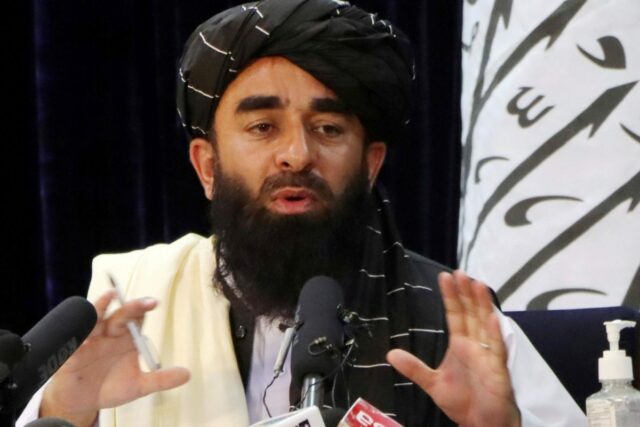Afghanistan is one of the poorest countries, where almost half of its population lives below the poverty line. Surprisingly, the Taliban are infamously wealthy. A report that was leaked last year estimated the Taliban’s earnings at around $1.6 billion.
As they don’t publish anything like quarterly financial reports, all their income sources get a little difficult to pin down. But there are a few reports that indicate their sophisticated financial network.
Here are a few of their main income sources:
1. Bank
After the Taliban took over Afghanistan, the streets of Kabul were filled with Afghans running from one empty ATM to another. Prices soared, $9.5 billion assets were frozen by the US. An obscure official was appointed by the Taliban to run the central bank.

Haji Mohammad Idris, the new head of Da Afghanistan Bank (DAB). Very little is known about him. He was appointed to address “the problems of the people.” But his system is shady yet sophisticated, which has been operating the Taliban for almost two decades.
2. Donations
15% of their income which is more than $240 million comes from “donations”. Wealthy sponsors are situated in Pakistan, Iran, Russia, and the Middle East.
These countries have been accused of extending financial aid to the Taliban, but these claims were naturally denied, always. Taliban’s received $106 million, particularly from the Gulf states.
Also Read: How Does The Afghan Economy Plan To Survive
3. Donations from individuals
Citizens from Pakistan and several Gulf countries such as Saudi Arabia, the United Arab Emirates, and Qatar have been reported to be the largest contributors. These donations add up to about $500 million every year.
Taliban leader Sirajuddin Haqqani’s wife is not behind when it comes to donations. She alone sends the Taliban $60 million annually, from Saudi Arabia. Several companies, mosques, and madrasas too are known for conducting money-laundering on behalf of the Taliban.
4. Drug trade
Afghanistan is the world’s largest producer of opium, which can be refined to make heroin. Also making opium a big business. Taliban earn up to $1.5-$3 billion by exporting heroin worldwide. According to Afghan officials, 10% cultivation tax is collected by all opium farmers.
Tax is even collected from laboratories, where opium is converted, and from the traders who smuggle the illicit drugs. Drug trade accounts for about 60% of the Taliban revenue.
5. Mining
Other than drugs, Afghanistan is also rich in minerals and several precious stones. Due to years of conflict, the mines were not exploited much. But now most of the extraction is done on a small scale and illegally, of course.
Taliban have taken control of all the ongoing mining operations and forcing money out of them. Iron ore, marble, copper, gold, zinc, and other metals and rare-earth minerals mining have become a lucrative business for the Taliban.
Both small and big scale Afghan mining companies need to pay the Taliban a fair amount of their profits to keep their business running or they are threatened with death threats. The group earns $400 million a year from mining. NATO has made estimates a little higher at $464 million.
6. Extortion and taxes
Taliban like any government imposes a tax on people and industries. Mining operations, media, telecommunications, any development projects that are funded by international agencies, all come under “Taxed” industries.
Drivers are charged for using highways in Taliban-controlled areas and shopkeepers are paying taxes for the right to do business.
The group imposes a traditional Islamic tax called “ushr”, under which 10% tax is imposed on farmer’s harvest, and “zakat,” a 2.5% wealth tax. Taxes/extortion bring in $160 million annually.
If we go to see the group has actually been doing pretty well for themselves.
Image Sources: Google Images
Sources: Hindustan Times, India Today, BBC, +More
Find The Blogger: @Natashaly05
This post is tagged under: Unexpected, Places, Taliban, Rich, Afghanistan, countries, infamously, wealthy, earnings, income, sources, financial network, Kabul, banks, US, Haji Mohammad Idris, Da Afghanistan Bank, Donations, Pakistan, Gulf countries, Sirajuddin Haqqani, Saudi Arabia, money-laundering, business, drugs, trade, cultivation, tax, opium, farmers, heroin, worldwide, exports, extraction, illegally, mines, minerals, precious stones, Iron ore, marble, copper, gold, zinc, government, NATO, drivers, wealth tax, harvest, million, annually
Full expose huh!
They are very sus